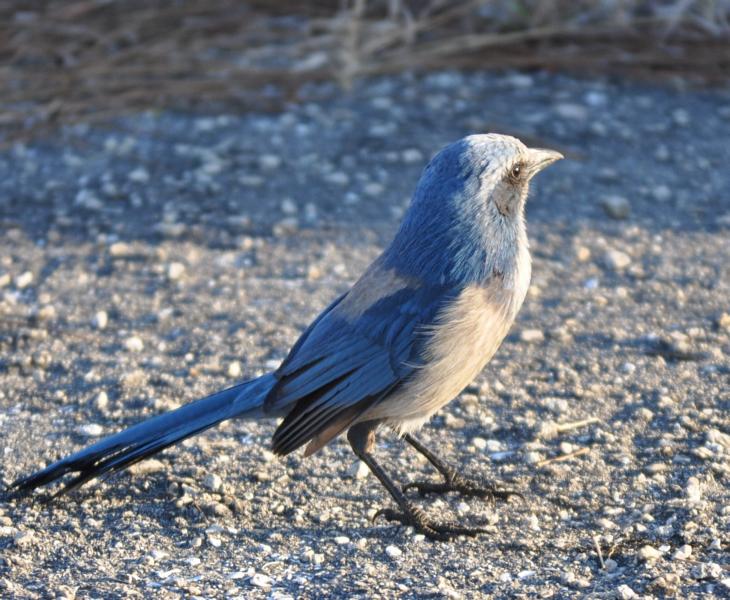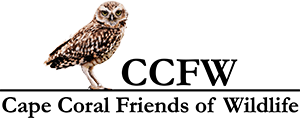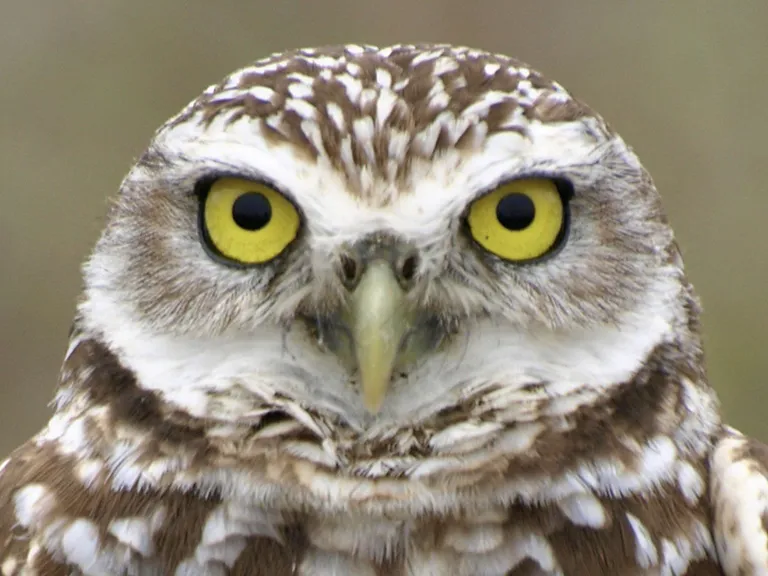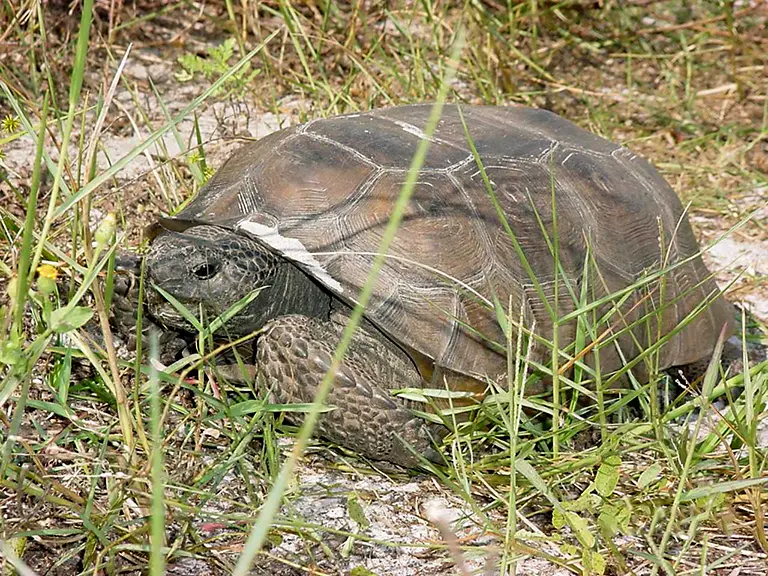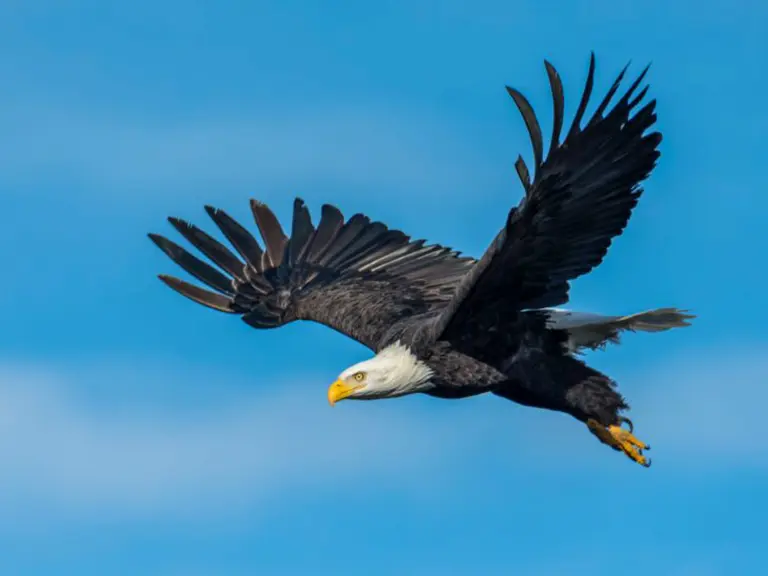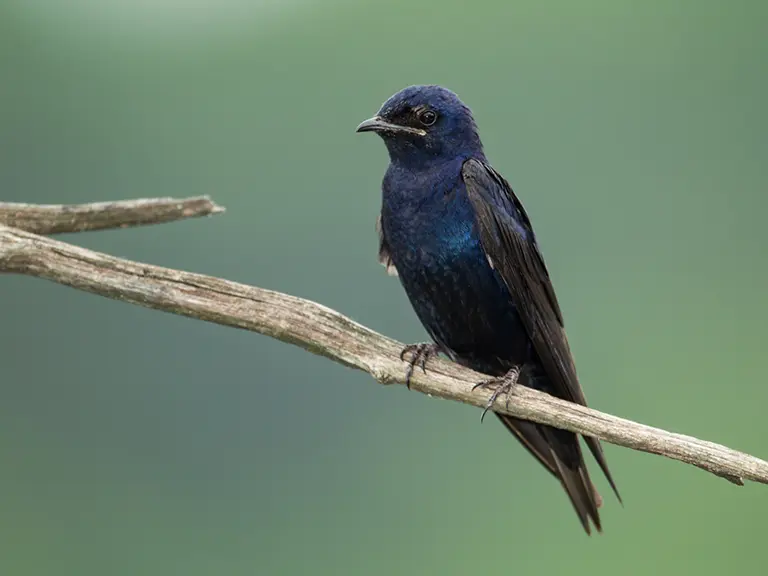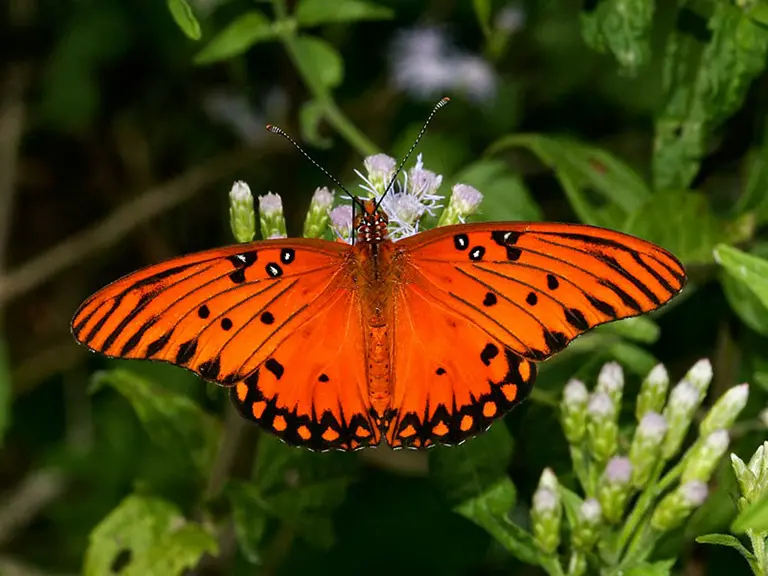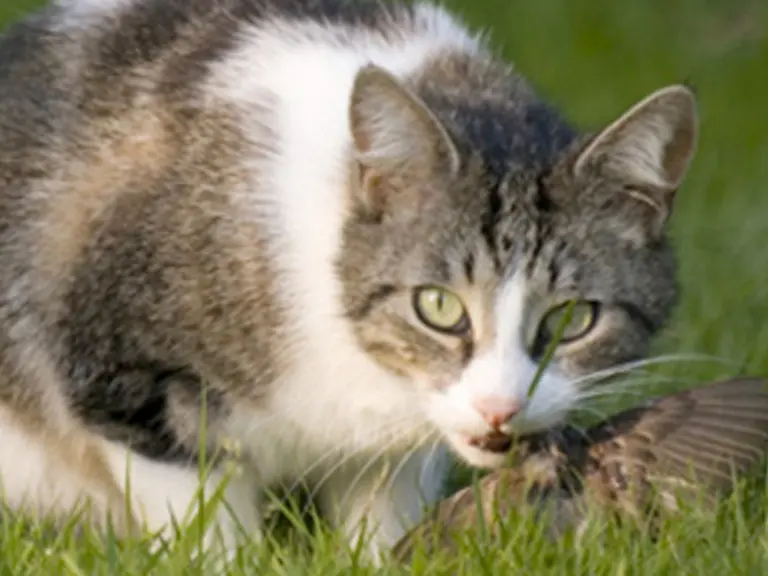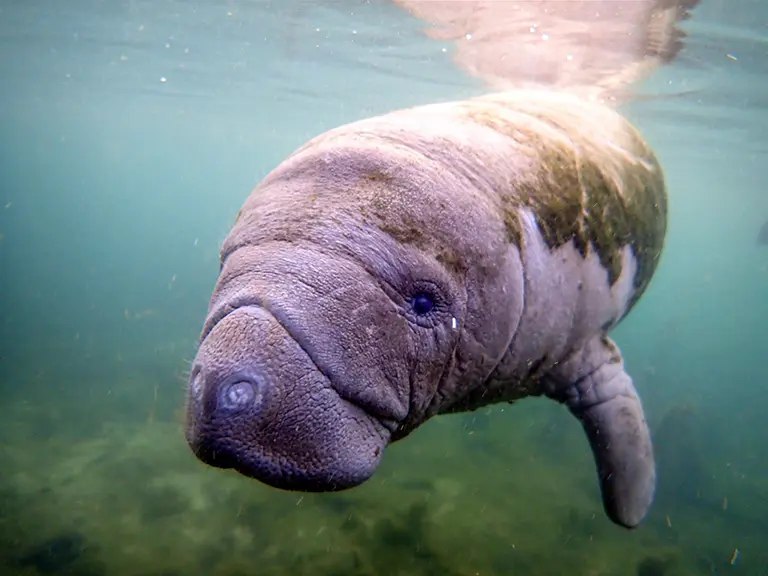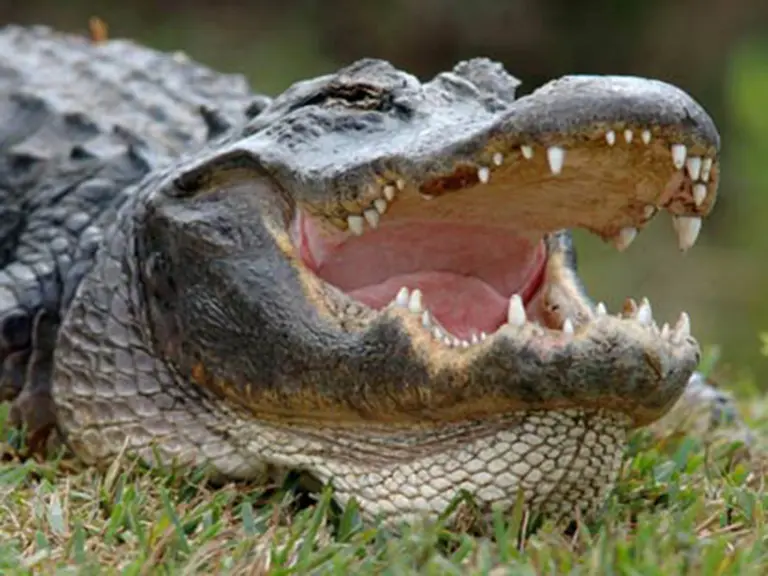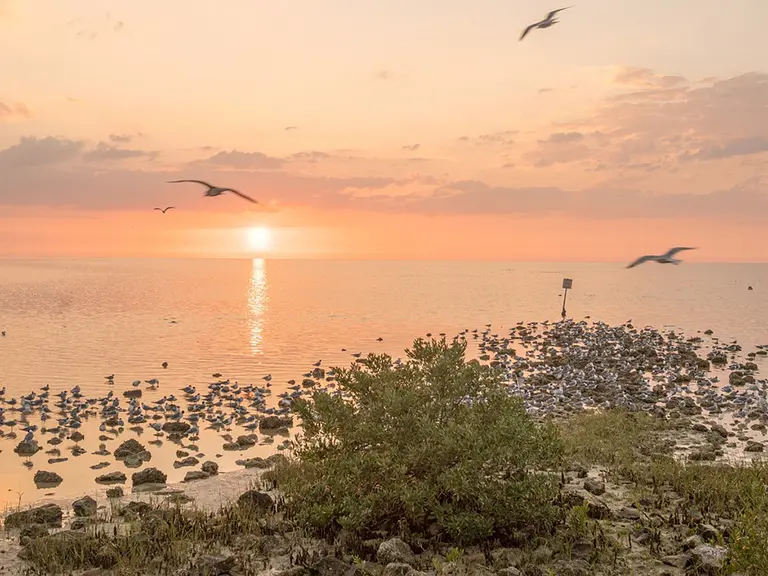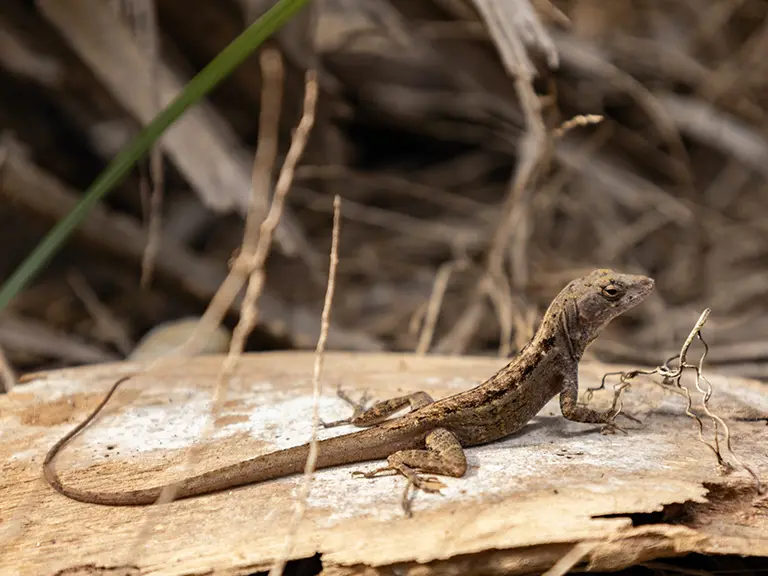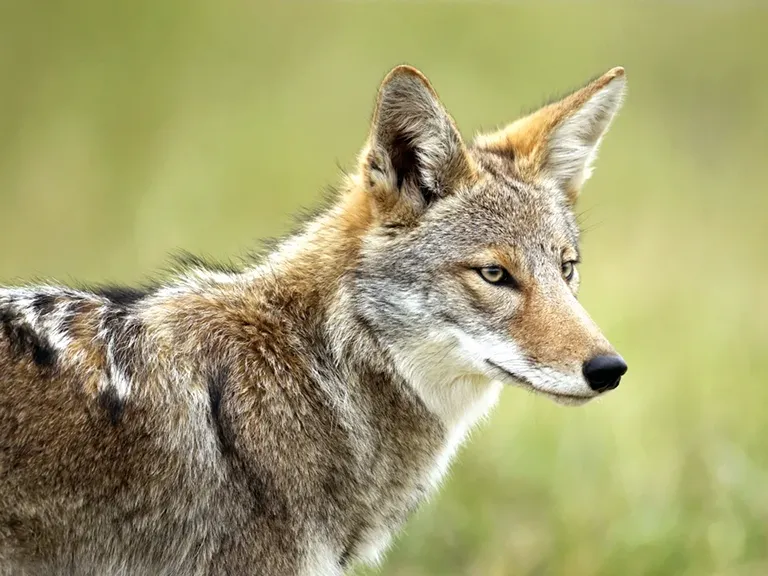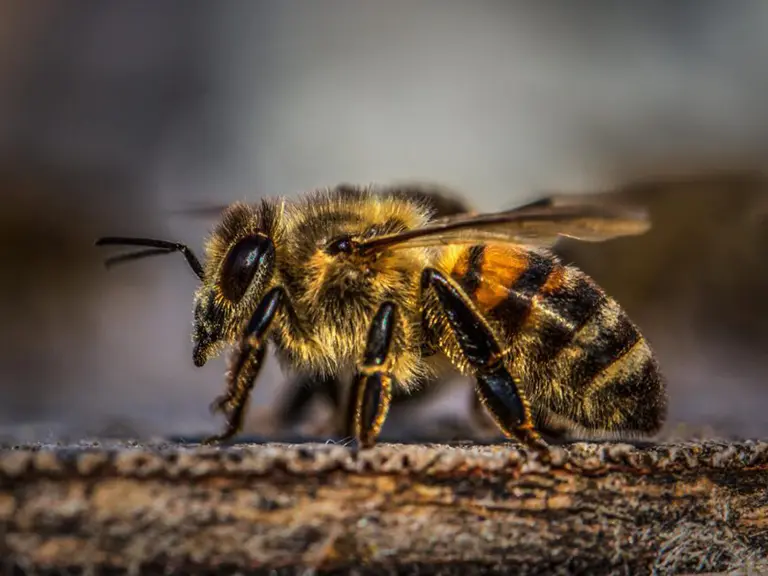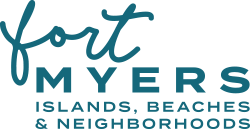Florida Scrub Jay
One of the most threatened birds here in Florida is also one of the easiest to see – if you know where to look! Once having an extensive range that covered much of the Atlantic coast, the Florida Scrub Jay’s territory has dwindled so drastically that in 1987 the Florida Scrub Jay’s status was classified as a threatened species.
The Florida Scrub Jay is a beautiful bird, about the size of a Blue Jay and is extremely friendly. Stand in one place long enough and you have a good chance of them sitting on your head! This friendly habit could, however, be the downfall of this species. People often bring peanuts and human food to entice the birds to eat out of their hands. It has been found that while this practice is fun, it can lead to a disruption in the breeding cycle. Chicks are born earlier with “well fed” parents, but the seeds, berries, and caterpillars necessary to feed the chicks are not abundant yet, and the chicks are either malnourished or die from starvation from lack of food.
Please Don’t Feed the Scrub Jays
According to the Department of Environmental Protection, that without an official Fish and Wildlife Commission permit (or a permitted person being present) feeding Florida Scrub Jays peanuts can be considered a “take” and is not allowed. Recently a $175 fine was levied on an individual feeding peanuts to Florida Scrub Jays at the side of the road at Canaveral National Seashore.
The official position is that “Intentional feeding of a threatened species (including luring them to one’s person), constitutes take (i.e. harass, molest, possess) as the activity alters the natural behavior of the bird by changing its diet and feeding behaviors as well as acclimating it to make contact with humans.”
